"Suzuki RE-5 Pimped by an Astronaut and styled by Giorgetto Giugiaro, the Suzuki RE5 was powerful but fatally complex. It looked like the mid seventies super-bike it might have been – but with that ugly radiator thing up front and the "

You spin me right round, baby: the rotary engine revolutionaries
The Wankel rotary engine looked set to revolutionise the motorised world in the 1960s, but only a handful of car makers were visionary enough to champion cars powered by it
That’s it, go on, snigger. The Wankel rotary engine may have a crass-sounding name, but the cars it powered were anything but. With fewer moving parts than a traditional piston engine, the rotary was smoother, quieter, and – hurrah! – more revvy. Initially the idea of Felix Wankel in the 1920s, at the dawn of the 1960s, the rotary engine seemed to be the shape of things to come for all motorised things with two and four wheels.
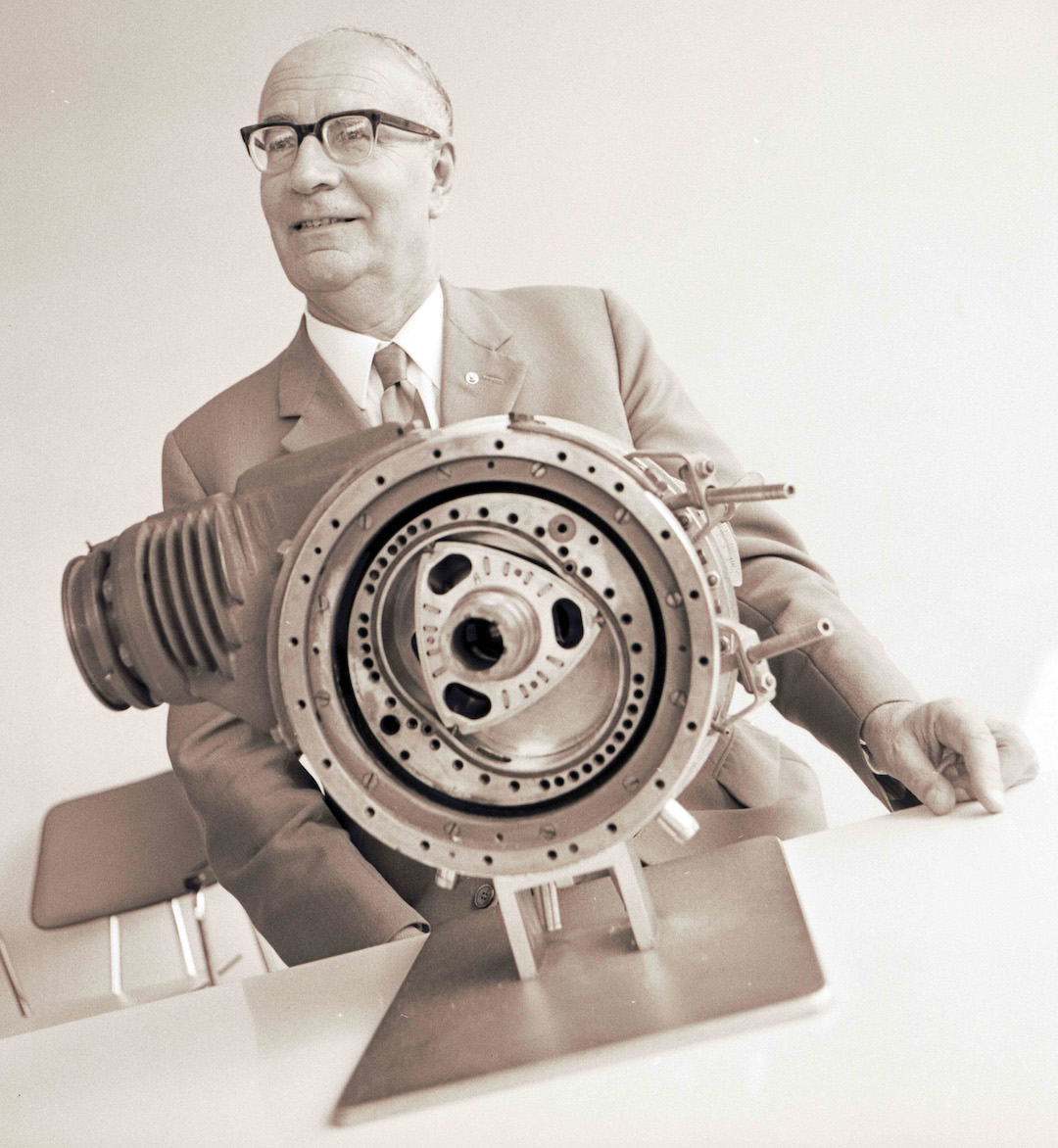
NSU (one of the companies that subsequently disappeared after Audi merged with it in 1969) pioneered the rotary. Hanns Dieter Paschke took Wankel’s idea and refined it further. The first prototype of his KKM 57 (‘Kreiskolbenmotor’, quite literally ‘rotary engine’) saw the light of day in 1957. It attracted interest from car makers as diverse as AMC, Porsche and Rolls-Royce. In fact, the British company later went on to develop a diesel version. Even Mercedes-Benz jumped on the rotary bandwagon. Its second experimental of C111 concept of 1970 packed a 350bhp four-rotor Wankel under its futuristic Bruno Sacco-designed, fibreglass-reinforced plastic body.
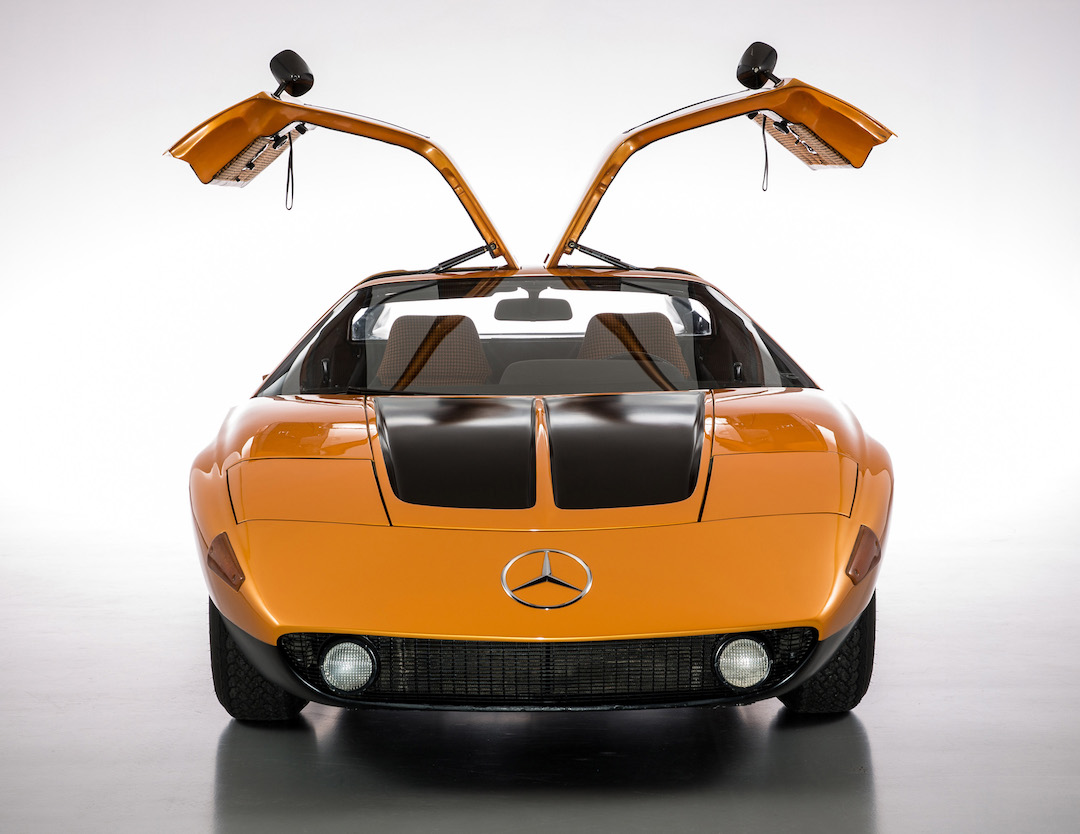
Mazda was the keenest, though, and chomping at the bit, signed a ‘study contract’ to develop the technology. As it turned out, it might not have been the first to get a Wankel-engined car to market, but when it did, the results were spectacular. But more of that later. NSU’s dinky Bertone-styled Spider of 1964 was the first to trailblaze the rotary path, with its 498cc, 50bhp, single-rotor engine.
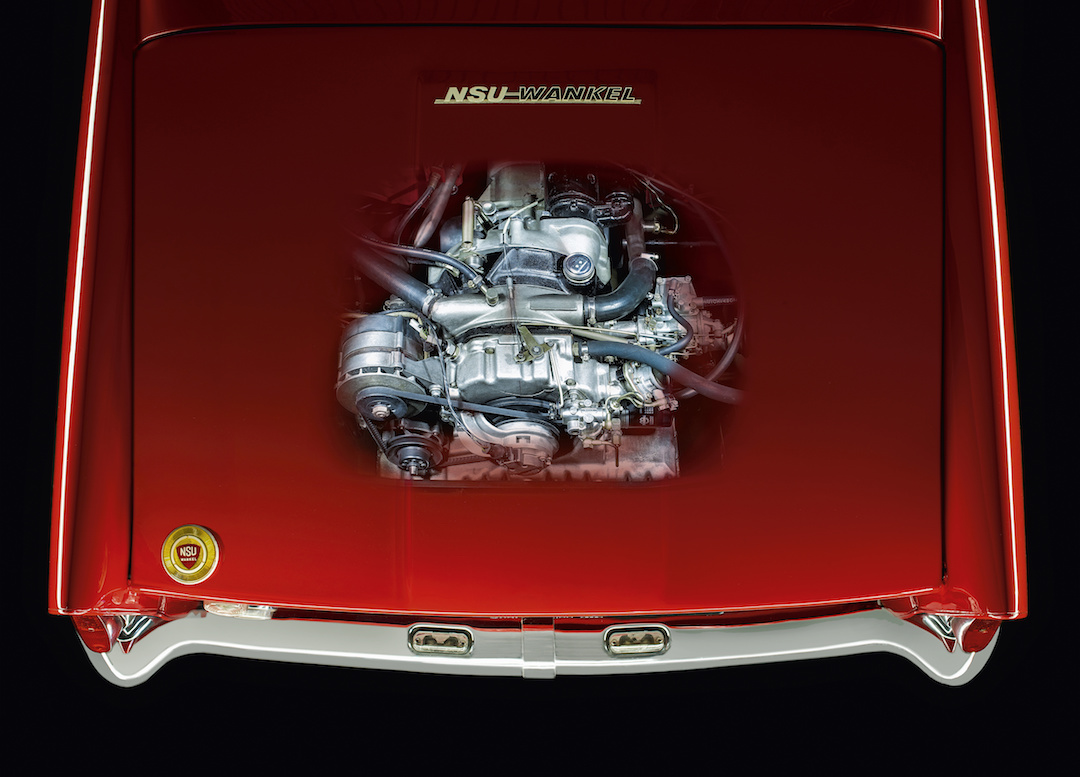
The Ro80 was next. More mainstream than the Spider, NSU’s four-door saloon was arguably even more important. Futuristic in design as well as mechanically, its twin-rotor 985cc Wankel was good for 113bhp, and its front-wheel drive, all-independent suspension, semi-automatic transmission innovations were rewarded with a 1968 Car of the Year award. Over a ten-year period from 1967, 37,398 were produced, more than fifteen times the number of Spiders. Awards and avantgarde technology should have started a revolution, but the car died a quiet death, sadly like most of the engines it showcased. Worn rotor tips contributed to a mountain of warranty claims and were effectively the nails in NSU’s coffin.
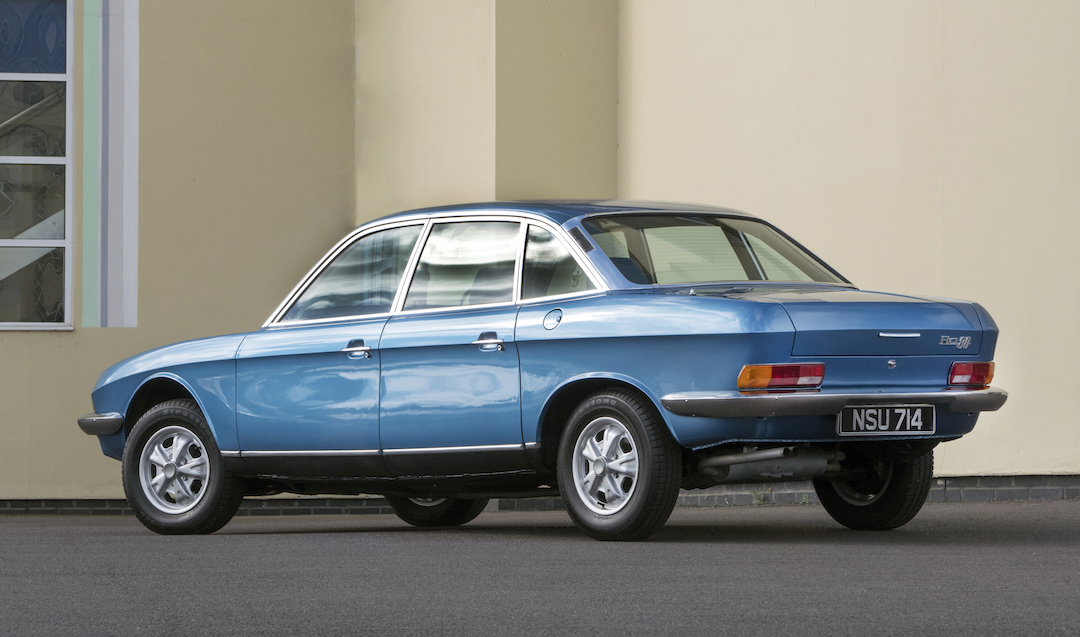
While its dabblings into the world of Wankels didn’t kill it, Citroën also had misadventures in the realms of rotary. The experimental M35 coupé was derived from the Ami 8, and fanfared Wankel tech, its single-rotor 995cc engine supplied by the Comotor joint company set-up by Citroën and NSU. Again, like the Ro80, it deserved to have gone on to greater things. A rakish Heuliez body and hydropneumatic suspension were the (rotor) tips of its futuristic icebergs, but only 267 M35s were produced from 1969 to 1971.
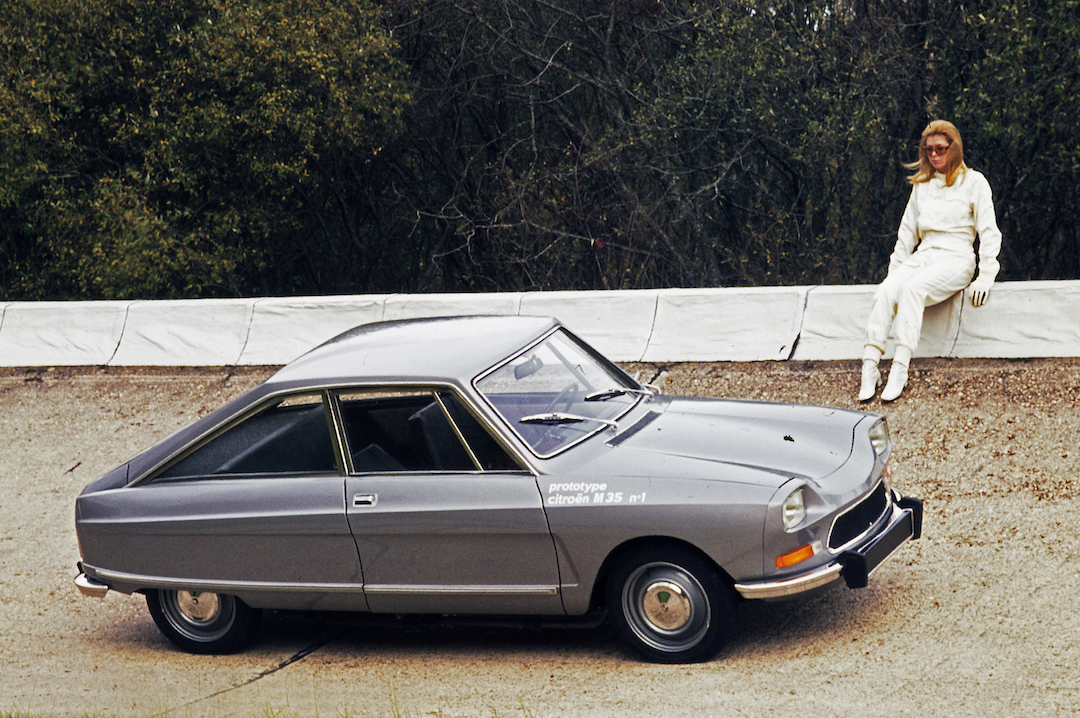
However, while it may have been a case of quelle domage, it wasn’t all bad news. Citroën had enough faith in the concept to take another tentative step with a rotary-engined GS. As its Birotor name suggested, its dual-rotor engine had a fantastique 106bhp, but even a more confortable interior couldn’t cocoon passengers from the onset of the 1973 oil crisis. That, and a price similar to the luxuriously beautiful DS meant just 847 were made until 1975. A too short-lived member of the rotary club.
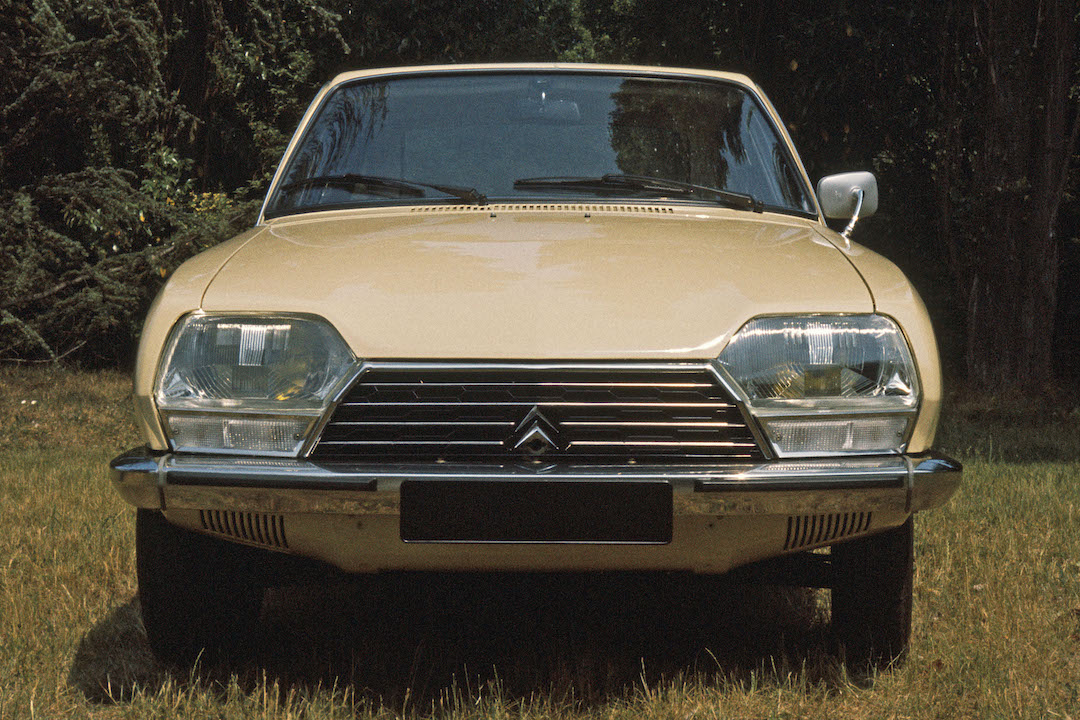
There’s no doubt about it, though, Mazda is the rotary champion. As quiet a revolution as the engines that started it, its first Wankel-powered car was the stylish Cosmo of 1967. Shooting for the stars, the 2+2 coupé’s 110bhp twin-rotor 982cc unit formed the basis of a whole family of engines and superstar cars. The Familia Rotary SS and R100, the RX-2 and RX-3 all revolved around rotary technology. The 787B even howled to victory at the 1991 Le Mans 24 Hours. Far from sinking the company, the rotary put Mazda on the map.
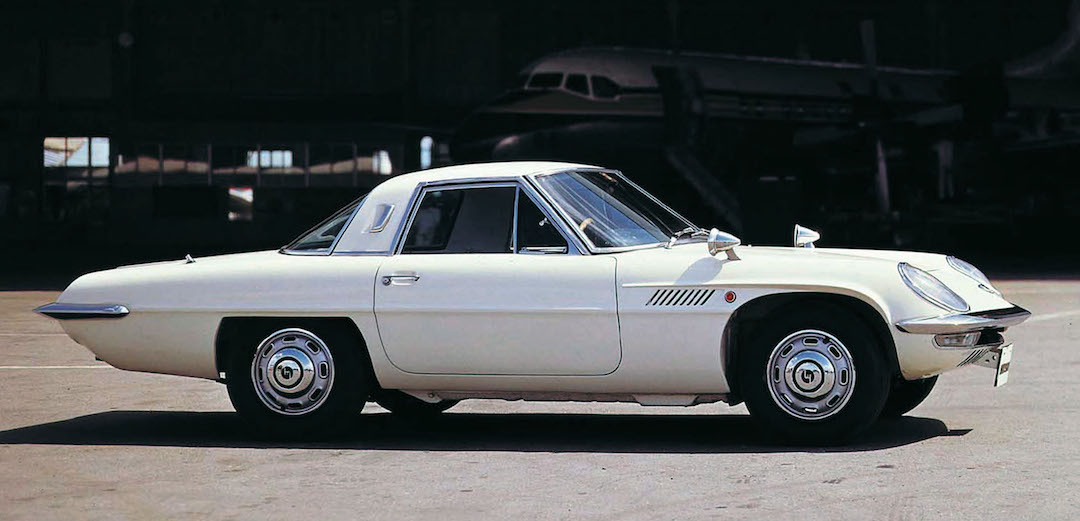
The RX-7 was Mazda’s celebrated rotary icon. Spinning the coupé world into a spiralling orbit, the first-generation RX-7 was all slink and sex. Just as well really, the 105bhp from its 1,146cc engine could only just gyrate the skin off a rice pudding, but its stellar success paved the way for later generations. Getting both tuners and The Fast & The Furious movie makers in a spin, the 276bhp ‘FD’ RX-7 was a whirligig of power and a continued evolution over two-and-a-half decades allowed Mazda to reap the rotary dividends. The RX-8 continued the bloodline, but even the Japanese company’s rotary tech has now been put on indeterminate hold.
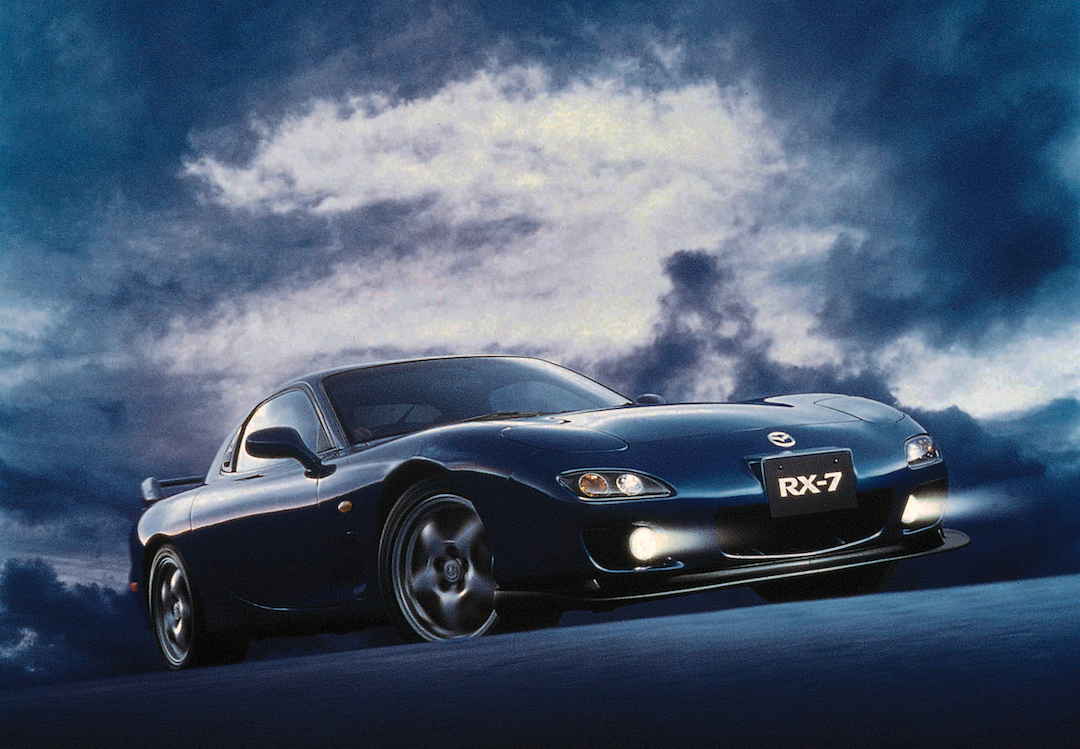
Don’t discount the Wankel just yet, though. Audi and Mazda have pointed to a possible new life as a range extender for electric vehicles, and while its future may be bereft of mega-power performance machines, the rotary could well be spinning its way to a new kind of revolution…
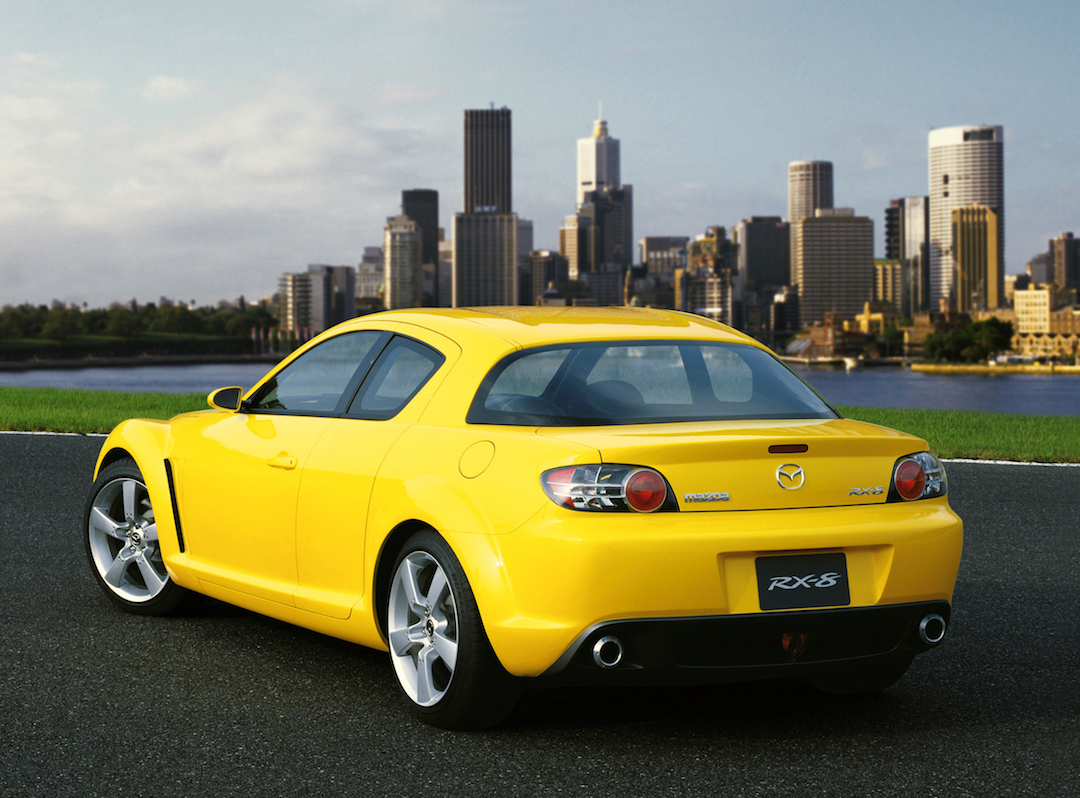
CLICK TO ENLARGE










